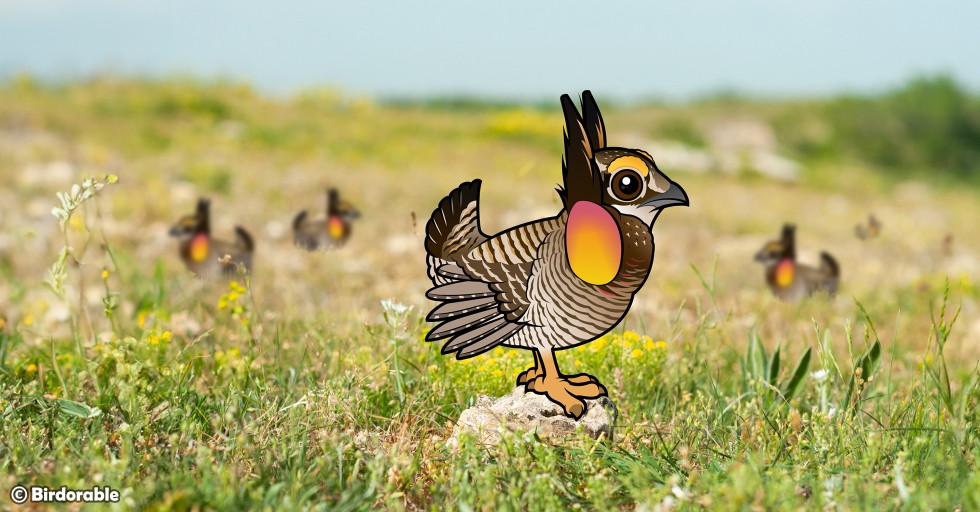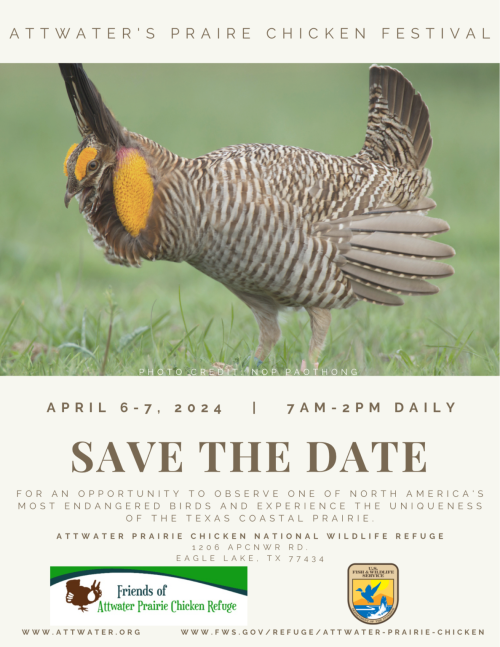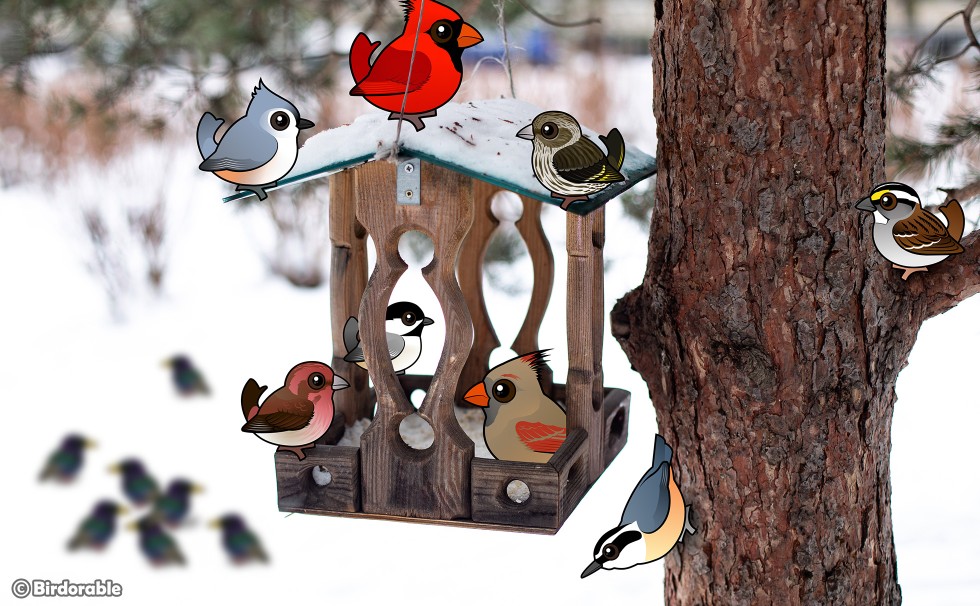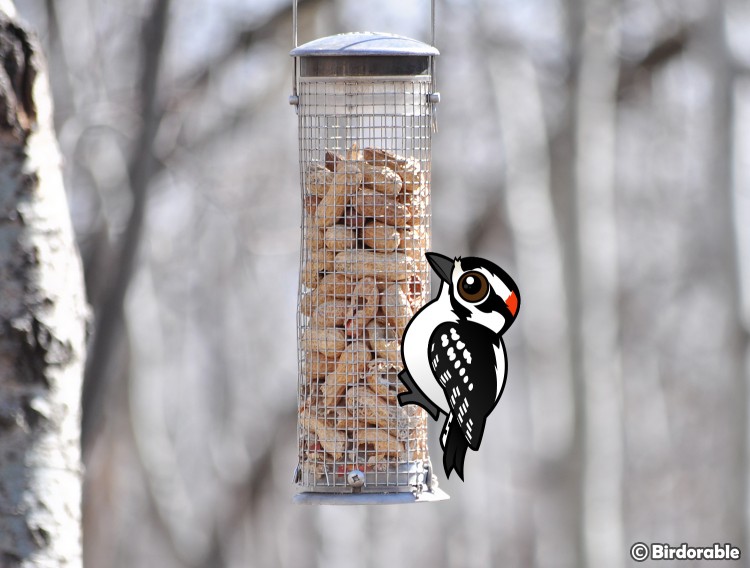
Nestled in the coastal prairie of Texas, the Attwater Prairie Chicken National Wildlife Refuge represents a vital sanctuary for one of North America's most critically endangered birds. The Attwater's Prairie-Chicken, a species that once thrived across the vast grasslands of Texas and Louisiana, now faces the brink of extinction, its numbers dwindling due to habitat loss, predation, and other environmental pressures. However, thanks to concerted conservation efforts, there's hope for this iconic species.
The Attwater's Prairie-Chicken is a subspecies of the Greater Prairie-Chicken. With its distinctive booming calls and elaborate mating dances, it is not just a bird but a symbol of the prairie ecosystem. The refuge, established in 1972, spans over 10,000 acres of native coastal prairie, a rare habitat that has been largely lost to agriculture and urban development. This protected area is crucial for the survival of the prairie chicken, providing a haven where it can breed, feed, and roam freely.
Conservation efforts at the refuge are multifaceted, addressing the complex challenges that the species faces. One of the key strategies has been habitat management, including controlled burns and grazing. These practices mimic the natural disturbances that once maintained the open prairie landscape, promoting the growth of native grasses and forbs essential for the prairie chicken's diet and nesting.
Breeding programs have also been pivotal in the fight to save the Attwater's Prairie-Chicken. The refuge collaborates with zoos and conservation organizations to breed birds in captivity, which are then released into the wild to bolster the population. These efforts have seen some success, with the number of birds in the wild showing occasional increases, highlighting the potential for recovery with sustained effort.
Public education and community engagement are other vital components of the conservation strategy. The refuge offers tours, educational programs, and special events to raise awareness about the bird's plight and the importance of prairie conservation. By fostering a connection between people and this unique ecosystem, the refuge aims to build support for conservation efforts that extend beyond its boundaries.
Despite these efforts, the road to recovery for the Attwater's Prairie-Chicken is fraught with challenges. The species' survival is still far from assured, with threats like climate change and continued habitat fragmentation looming large. Yet, the work being done at the Attwater Prairie Chicken National Wildlife Refuge offers a beacon of hope. It shows what can be achieved when conservationists, government agencies, and the public come together to save a species from the edge of extinction.
Attwater's Prairie Chicken Festival – April 6-7, 2024
Get ready to mark your calendars for an opportunity to observe one of North America's most endangered birds and experience the uniqueness of the Texas coastal prairie at the Attwater's Prairie Chicken Festival. This festival is returning this year to the Attwater Prairie Chicken National Wildlife Refuge in Texas on Saturday 6 and Sunday 7 April, 2024! The event hours are 7am to 2pm and offers a viewing platform, van tours, prairie plant tour and booths. For more information check out the website of Friends of Attwater Prairie Chicken Refuge.


























